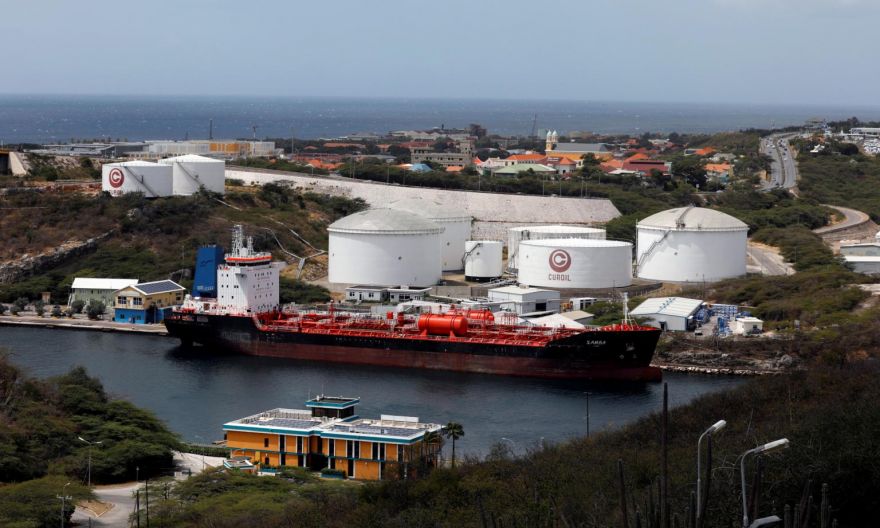Crude oil retreats as investors weigh Delta, Iranian tensions

SINGAPORE (BLOOMBERG) – Oil fell after four monthly gains as data signaled a slowdown in China and investors monitored the spread of the delta coronavirus variant.
West Texas Intermediate retreated 1 per cent, after climbing 2.6 per cent last week.
China’s economic activity continued to ease in July, implying a more steady recovery this half as growth risks mount.
Across the Asia-Pacific, the highly infectious delta variant continues to reverberate, clouding the outlook for mobility. China has seen a small increase in cases, Thailand is set to expand its quasi-lockdown measures, and infections in hot spot Sydney matched a record.
While futures dropped, traders also monitored a rise in tensions between Iran and the US Washington has formally blamed Tehran for an attack on an Israel-linked oil tanker, warning of an “appropriate response”.
The standoff comes as the two nations are seeking to revive a nuclear accord that, if successful, may pave the way for an end to US sanctions on official Iranian oil flows.
“The pressure on prices is more delta-driven,” said Warren Patterson, head of commodity strategy at ING Group in Singapore. “While the number of cases in China is still low, we are seeing fairly strict measures taken in certain cities, and so that that will do little to help sentiment.”
Oil has risen every month this year apart from March as the global recovery from the pandemic stoked consumption, although traders remain wary about the threat carried by the disease’s persistence.
With activity picking up, stockpiles held at the key Cushing hub in Oklahoma have hit the lowest level since January 2020. Against that backdrop, the Organization of Petroleum Exporting Countries and allies have largely followed through with plans to ease supply curbs, with an extra 400,000 barrels a day to be released this month.
Prices are forecast to be “fairly rangebound” as inventory draws limit the downside, while the market lacks a catalyst to push higher, according to ING’s Patterson.
Brent is likely to average US$75 a barrel this quarter, he added.
Elsewhere in Asia, India’s sales of diesel, a bellwether for the nation’s economic activity, remained below pre-virus levels last month due to the slow rollback of some restrictions following a deadly wave of Covid-19.
The nation is likely to see another rise in infections building into a new – though smaller – wave that may peak in October, local researchers have said.
Brent’s prompt timespread was 80 US cents a barrel in backwardation, a bullish pattern with near-dated prices trading above later-dated ones. The gap was 79 US cents a barrel on the first trading day of July.
